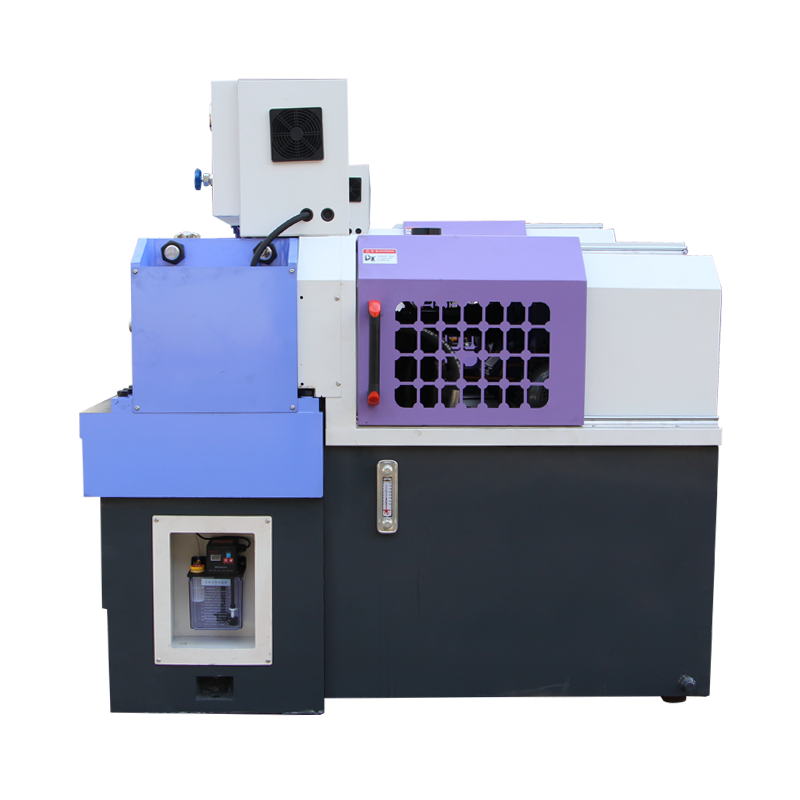
-
 Afrikaans
Afrikaans -
 Albanian
Albanian -
 Amharic
Amharic -
 Arabic
Arabic -
 Armenian
Armenian -
 Azerbaijani
Azerbaijani -
 Basque
Basque -
 Belarusian
Belarusian -
 Bengali
Bengali -
 Bosnian
Bosnian -
 Bulgarian
Bulgarian -
 Catalan
Catalan -
 Cebuano
Cebuano -
 Corsican
Corsican -
 Croatian
Croatian -
 Czech
Czech -
 Danish
Danish -
 Dutch
Dutch -
 English
English -
 Esperanto
Esperanto -
 Estonian
Estonian -
 Finnish
Finnish -
 French
French -
 Frisian
Frisian -
 Galician
Galician -
 Georgian
Georgian -
 German
German -
 Greek
Greek -
 Gujarati
Gujarati -
 Haitian Creole
Haitian Creole -
 hausa
hausa -
 hawaiian
hawaiian -
 Hebrew
Hebrew -
 Hindi
Hindi -
 Miao
Miao -
 Hungarian
Hungarian -
 Icelandic
Icelandic -
 igbo
igbo -
 Indonesian
Indonesian -
 irish
irish -
 Italian
Italian -
 Japanese
Japanese -
 Javanese
Javanese -
 Kannada
Kannada -
 kazakh
kazakh -
 Khmer
Khmer -
 Rwandese
Rwandese -
 Korean
Korean -
 Kurdish
Kurdish -
 Kyrgyz
Kyrgyz -
 Lao
Lao -
 Latin
Latin -
 Latvian
Latvian -
 Lithuanian
Lithuanian -
 Luxembourgish
Luxembourgish -
 Macedonian
Macedonian -
 Malgashi
Malgashi -
 Malay
Malay -
 Malayalam
Malayalam -
 Maltese
Maltese -
 Maori
Maori -
 Marathi
Marathi -
 Mongolian
Mongolian -
 Myanmar
Myanmar -
 Nepali
Nepali -
 Norwegian
Norwegian -
 Norwegian
Norwegian -
 Occitan
Occitan -
 Pashto
Pashto -
 Persian
Persian -
 Polish
Polish -
 Portuguese
Portuguese -
 Punjabi
Punjabi -
 Romanian
Romanian -
 Russian
Russian -
 Samoan
Samoan -
 Scottish Gaelic
Scottish Gaelic -
 Serbian
Serbian -
 Sesotho
Sesotho -
 Shona
Shona -
 Sindhi
Sindhi -
 Sinhala
Sinhala -
 Slovak
Slovak -
 Slovenian
Slovenian -
 Somali
Somali -
 Spanish
Spanish -
 Sundanese
Sundanese -
 Swahili
Swahili -
 Swedish
Swedish -
 Tagalog
Tagalog -
 Tajik
Tajik -
 Tamil
Tamil -
 Tatar
Tatar -
 Telugu
Telugu -
 Thai
Thai -
 Turkish
Turkish -
 Turkmen
Turkmen -
 Ukrainian
Ukrainian -
 Urdu
Urdu -
 Uighur
Uighur -
 Uzbek
Uzbek -
 Vietnamese
Vietnamese -
 Welsh
Welsh -
 Bantu
Bantu -
 Yiddish
Yiddish -
 Yoruba
Yoruba -
 Zulu
Zulu
Innovative Solutions for Circular Thread Rolling Machinery and Advanced Manufacturing Technologies
The Evolution of Circular Thread Rolling Machines A Key Innovation for Manufacturing
In the fast-paced world of manufacturing, the demand for precision and efficiency is ever-increasing. Among the many innovations that have shaped modern manufacturing processes, circular thread rolling machines stand out as a game-changer. This technology has revolutionized the way threads and fasteners are produced, significantly enhancing productivity and quality in various industries.
Understanding Circular Thread Rolling Machines
Circular thread rolling machines are specialized pieces of equipment used to create threads on cylindrical materials, such as steel rods. The process involves rolling the material between two or more dies, which shape the threads through a combination of pressure and rotational motion. This method is highly efficient compared to traditional cutting processes, as it does not produce any waste material. Instead, the original cylindrical stock is merely reshaped to form the desired thread profile.
Advantages of Circular Thread Rolling Machines
One of the primary advantages of circular thread rolling machines is the superior quality of the threads produced. The rolling process compresses the material, enhancing its tensile strength and overall durability. This is particularly critical in industries where high-stress applications are common, such as automotive, aerospace, and construction. Components like bolts and screws produced through thread rolling exhibit exceptional strength characteristics, making them safer and more reliable.
Moreover, circular thread rolling machines are also known for their efficiency. They can produce a significant volume of high-quality threaded parts in a relatively short period, which is essential for manufacturers looking to meet high-demand requirements. The automated nature of these machines further streamlines production processes, reducing manual labor and minimizing the risk of human error.
The Role of Technology in Advancing Thread Rolling Machines
circular thread rolling machine company

The evolution of circular thread rolling machines has been significantly influenced by technological advancements. Modern machines are equipped with computer numerical control (CNC) systems, allowing for precise programming and automation. This leads to consistent quality and the ability to produce a diverse range of thread profiles with minimal setup time.
Additionally, the integration of smart technology has enabled real-time monitoring of machine performance. Manufacturers can now track operational efficiencies, detect anomalies, and perform predictive maintenance, thereby reducing downtime and enhancing productivity. Innovations in materials science have also played a role; manufacturers can now use advanced alloys and coatings that further improve the durability and performance of the produced threads.
Applications Across Industries
Circular thread rolling machines are employed across a myriad of industries. In the automotive sector, they produce critical components such as bolts, nuts, and fasteners that endure significant stress during operation. In aerospace, the reliability of threaded components is paramount, where failure can have catastrophic consequences. Similarly, in the construction industry, these machines provide essential products that ensure structural integrity and safety.
Moreover, the versatility of circular thread rolling machines allows for their use in smaller production runs and custom thread designs, catering to specialized markets where unique requirements are commonplace.
Conclusion
As industries continue to evolve, the demand for reliable, efficient, and high-quality manufacturing processes will persist. Circular thread rolling machines represent a vital innovation in this landscape, addressing the complexities of modern production with efficiency and precision. As technology advances further, we can expect to see even more enhancements in the capabilities of these machines, solidifying their place as indispensable tools in the manufacturing sector. Embracing these innovations will enable companies to not only meet current demands but also to thrive in an increasingly competitive global market.
